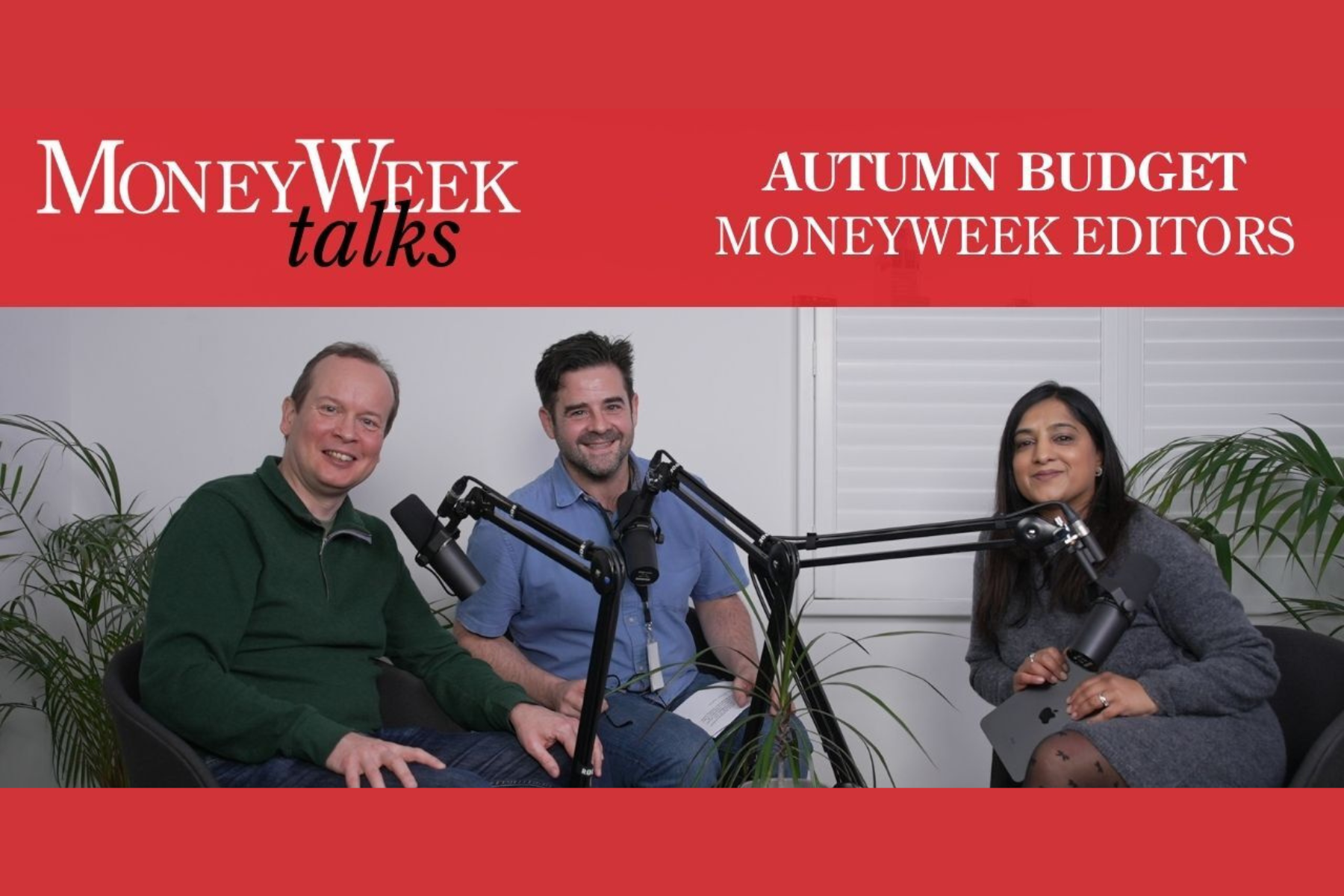How to bag a bargain when buying shares
Hunting for quality stocks in a troubled market can be fraught with danger. Here, Tim Bennett explains the fives tests that alert you to when a share is a bargain buy.
The bad news from beaten-up Europe keeps coming thick and fast. But bad news is good news for bargain hunters. The question is how to find quality stocks that have been unfairly dragged down with the rest.
Graham Secker at Morgan Stanley has been trawling the market and recently wrote a paper for Morgan Stanley entitled A Buyer's Compendium For Value Ideas.
Hunting for quality stocks in a troubled market is a risky business, so Secker has used eight different screens to weed out candidates. His top six picks pass at least five of these screens. So, what are the core five, and which stocks pass them?
MoneyWeek
Subscribe to MoneyWeek today and get your first six magazine issues absolutely FREE

Sign up to Money Morning
Don't miss the latest investment and personal finances news, market analysis, plus money-saving tips with our free twice-daily newsletter
Don't miss the latest investment and personal finances news, market analysis, plus money-saving tips with our free twice-daily newsletter
Finding fallen angels
Joel Greenblatt, the founder of Gotham Capital, is a successful money manager and author of The Little Book That Beats The Market. He screens for fallen angels' stocks that can deliver good returns, but are currently in the doldrums.
He looks for stocks that offer a high return on capital employed (indicating a firm is good at turning every £1 of equity and debt capital it controls into profits) and a low enterprise value to earnings before interest, tax, depreciation and amortisation (EV/EBITDA) ratio.
This is a variant of the price/earnings (p/e) ratio, which compares the total value of a firm's debt and equity (a broader measure of value) to a measure of earnings that is closer to cash flow. Like the p/e ratio, it reveals whether a firm is cheap (low EV/EBITDA) or expensive (high EV/EBITDA).
Are they cheap?
As Secker notes, the better private-equity outfits know how to screen the market for stock bargains. So his next screen is based on a set of five private-equity value criteria. These test purely for cheapness.
First, the EV is compared to the fixed assets ratio. In short, this compares the market value of the firm to the balance sheet value of its fixed assets. The lower the better. Next, he looks at how much free cash flow the company throws off, compared to its EV. The more, the merrier.
Third comes the price-to-book-value (p/b) ratio, which compares a firm's market capitalisation to the value of the assets on its balance sheet. In theory, a value of below one suggests you can buy a firm for less than it would be worth were you to own it outright and then sell off its assets.
The fourth test is a simple dividend yield screen (the dividend as a percentage of the share price) the higher the yield, the cheaper the share.
Finally, there's a check on a firm's ability to service its debts by comparing earnings before interest and tax to the interest charged on bank loans and debt. Bargains in the private-equity world are often firms where this ratio is relatively low, meaning that nervous investors have marked the share price down.
But are they any good?
So the private-equity screen finds cheap stocks but how do you know whether they are worth buying or not? This is where Benjamin Graham, the 'father of value investing', comes in. His famous work with David Dodd Security Analysis is still the value investor's go-to guide. So what makes for a 'good' stock?
Among other things, you want large, well-established stocks these are defined by Secker as having a market capitalisation above $500m and sales above $100m. You also want to make sure the company isn't going to go bust imminently, which involves comparing short-term debts to short-term assets. Plus you want to see consistent earnings and dividend growth, and moderate valuations', which Secker defines as a p/e ratio of below 15, and a p/b below 1.5.
Does everyone hate them?
In the spirit of contrarian investing, it's also good to buy stocks when they are unpopular. Like most value investors, Secker likes stocks that he calls "unloved, undervalued and under-owned". And he has come up with a couple of tests of his own to try to screen for these sorts of stocks.
An"unloved" stock is revealed by low share turnover the share isn't traded very often, suggesting there's not much interest in it. "Under-owned" is suggested when fewer than 25% of "sell-side" (banking) analysts rate the stock a "buy". Despite analysts' poor track record, fund managers still listen to them, so a share that is unpopular with analysts is likely to be unpopular with investors too.
Can the past predict the future?
All of these screens are based on historic data. So just for good measure, Secker also looks at the 12-month forward p/e ratio, p/b ratio and dividend yield. This just adds a bit of reassurance to the conclusion drawn from the earlier screens.
So what should you buy?
One firm that we like passes all five of these screens oil firm Royal Dutch Shell (LSE: RDSA). Shell may be trading at close to a five-year high, but on an expected 2014 yield of more than 5% and a forward p/e of 8.5 versus the FTSE 100's 14 times, it's still cheap.
Next is drug giant AstraZeneca (LSE: AZN), which is also a favourite of income investor Neil Woodford on a yield of 5.4%. It's probably not our favourite big pharma stock, but the sector looks attractive.
Third is beaten-up miner BHP Billiton (LSE: BHP). Down 12% in the last three months on falling metals prices, the forward p/e is just 12 with expected earnings growth of 18% and a forward yield of 4%.
We're very wary of miners just now, but if you're going to own one, BHP is the one to buy.
Get the latest financial news, insights and expert analysis from our award-winning MoneyWeek team, to help you understand what really matters when it comes to your finances.
Tim graduated with a history degree from Cambridge University in 1989 and, after a year of travelling, joined the financial services firm Ernst and Young in 1990, qualifying as a chartered accountant in 1994.
He then moved into financial markets training, designing and running a variety of courses at graduate level and beyond for a range of organisations including the Securities and Investment Institute and UBS. He joined MoneyWeek in 2007.
-
 How much would it cost you to buy a house in Great Britain's happiest places?
How much would it cost you to buy a house in Great Britain's happiest places?Average asking prices for a property in the happiest place in Britain are below the national average
-
 How the Budget will hurt you: MoneyWeek Talks
How the Budget will hurt you: MoneyWeek TalksPodcast An Autumn budget podcast special episode, featuring MoneyWeek editors Kalpana Fitzpatrick, Andrew van Sickle and Cris Heaton.